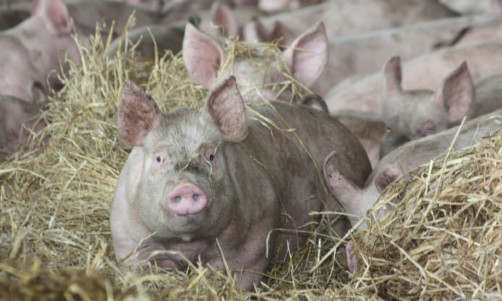Britain’s pig industry has pledged to reduce its use of antibiotics in a bid to counter concerns over growing resistance in humans and animals.
Launching a programme to achieve “minimum use” of the drugs in future, National Pig Association (NPA) chief, Dr Zoe Davies said the sector shared society’s concerns about the level of antibiotic use in human and livestock medicine.
“In particular we acknowledge the risk, albeit small, of antibiotic resistance developing in bacteria in pigs and this resistance spreading to humans,” she said.
NPA senior policy adviser Dr Georgina Crayford added that while antibiotic resistance in humans was largely caused by over-use and misuse of antibiotics in human medicine, the British pig industry had a duty to ensure it did not contribute to the problem.
“Overall sales of antibiotics for use in livestock in the United Kingdom sit mid-range compared to other European Union countries. We acknowledge the current perception that antibiotic use in our pig industry may be higher than in some other countries, but we don’t have any data to demonstrate what our actual on-farm usage is, hence the need for action.”
The NPA, the Veterinary Medicines Directorate and industry levy body AHDB Pork will now encourage farmers to upload information about antibiotic use through the newly-introduced online medicines book. When this electronic resource has been sufficiently populated, producers will be able to benchmark their use of antibiotics with anonymised data from other farms of the same type, and to work with their vets to drive down overall use.
Other measures being introduced include education in effective disease control strategies; promoting veterinary prescribing principles to strictly limit the use of antibiotics of critical importance to human health; and appointing Stewardship Commissars to review the industry’s use of antimicrobials.
Some measures have already been undertaken by vets to guard against resistance in important human medicines, including re-categorising products such as colistin and amoxicillin to be used only as a last resort when no other options are available.










